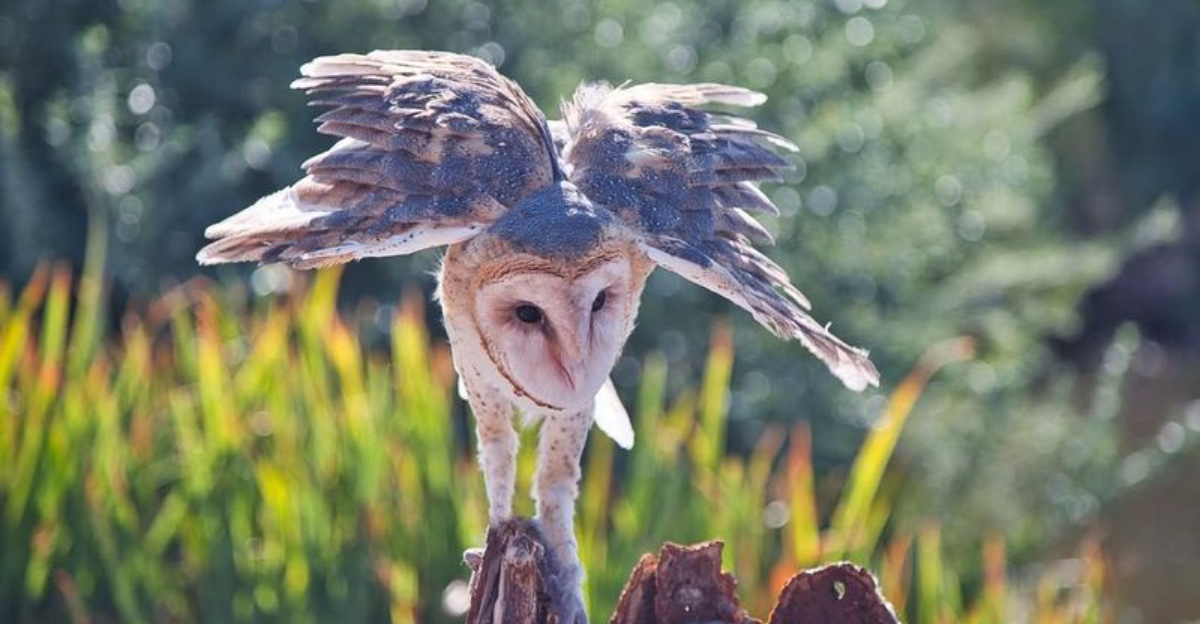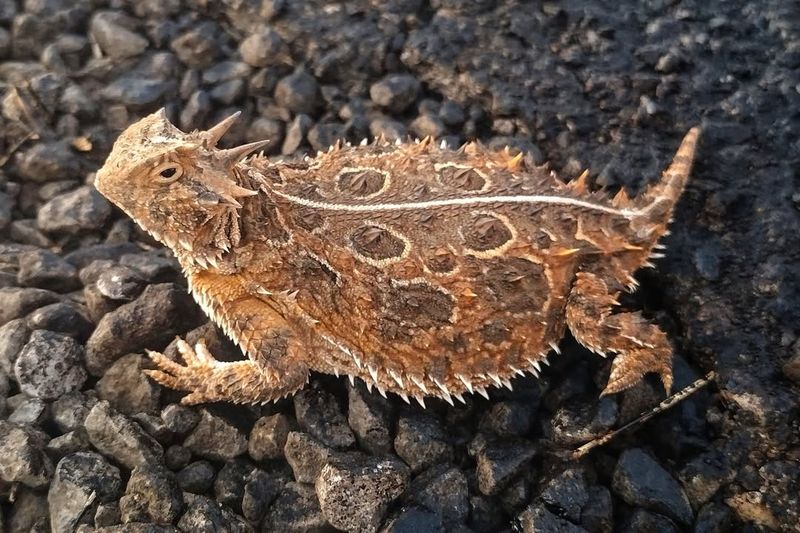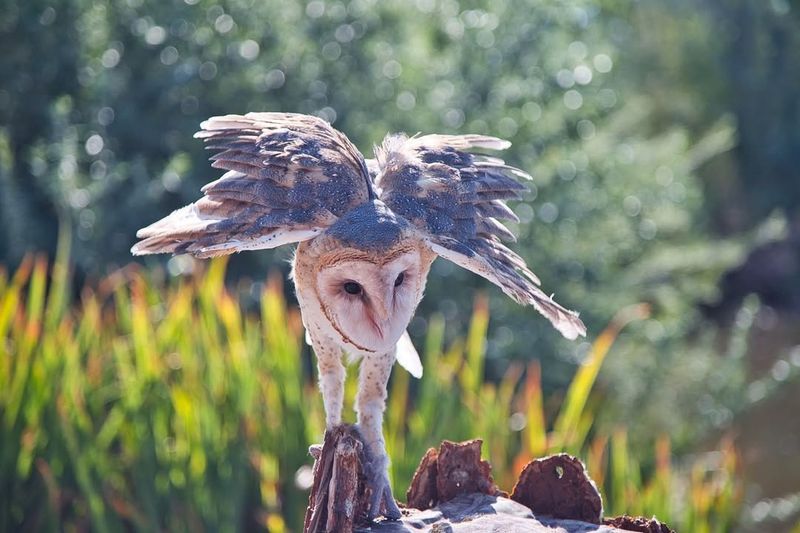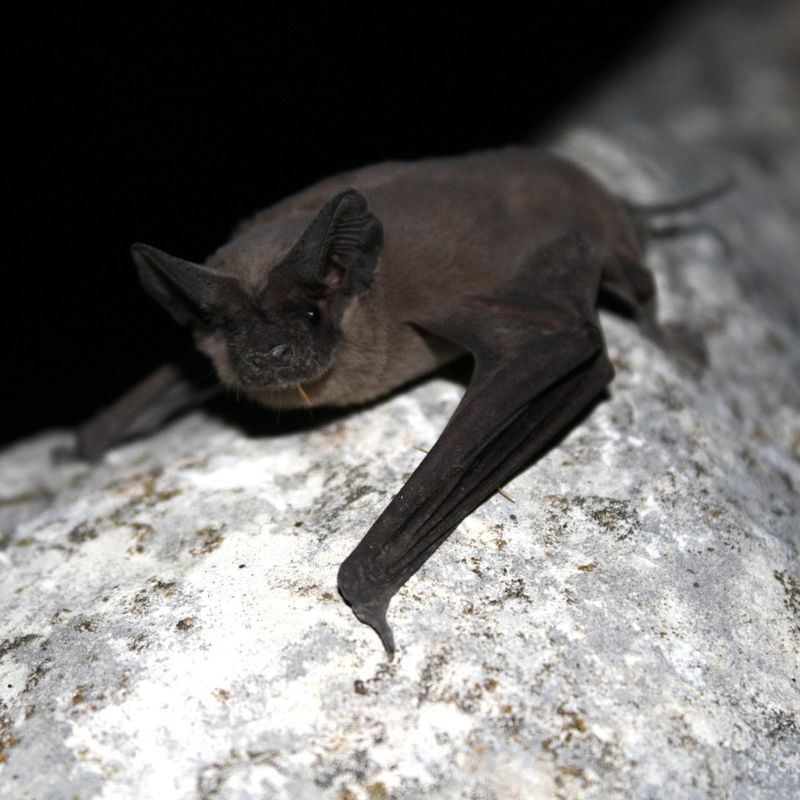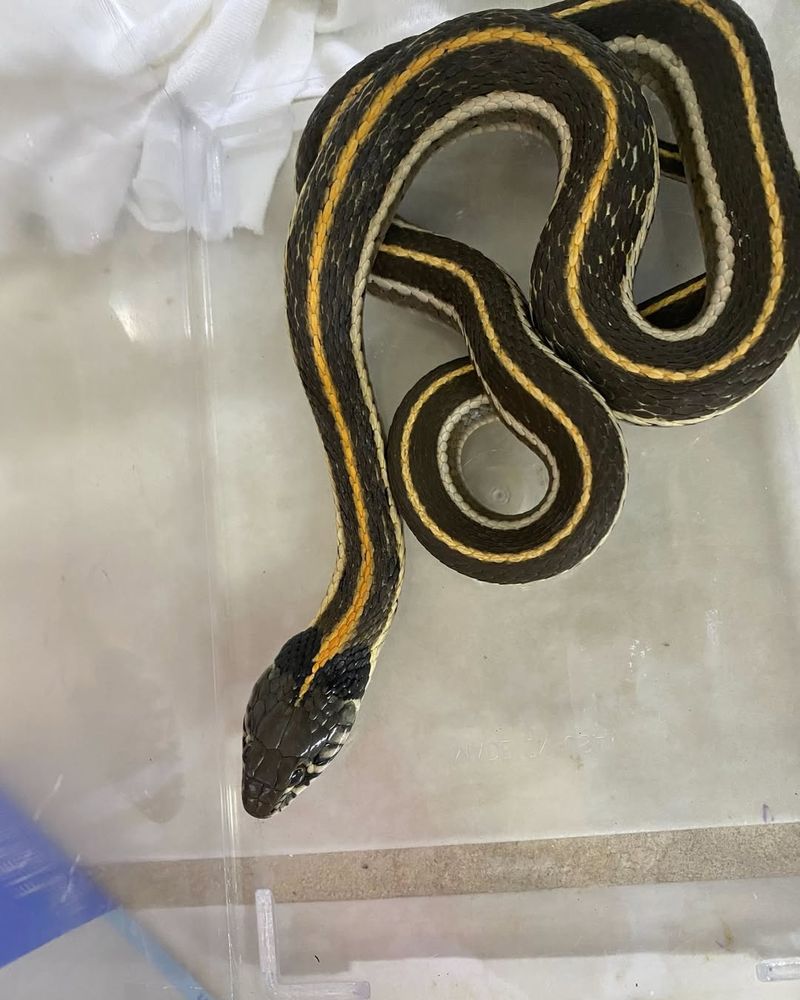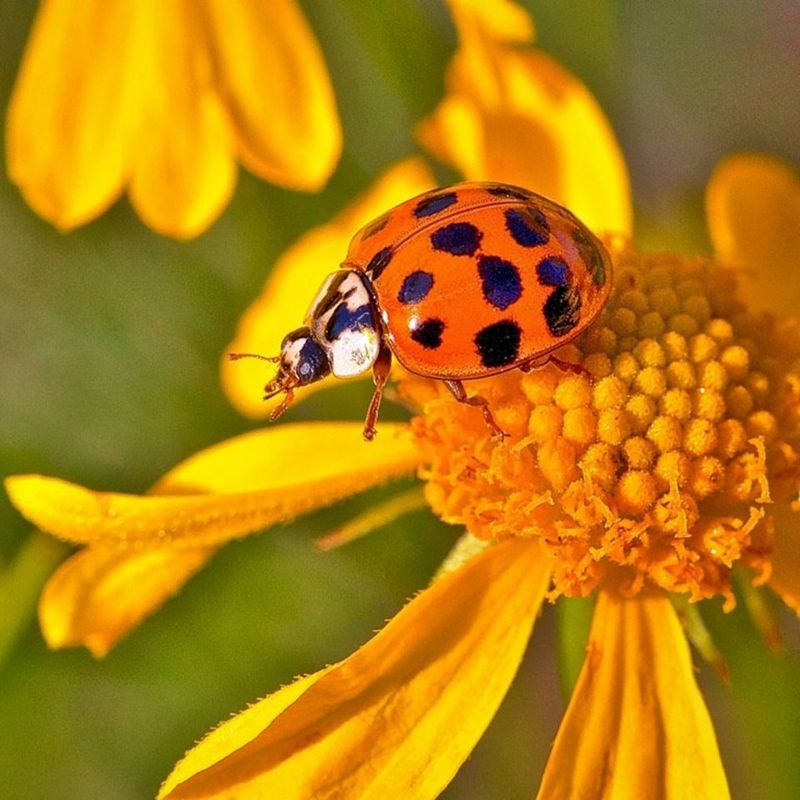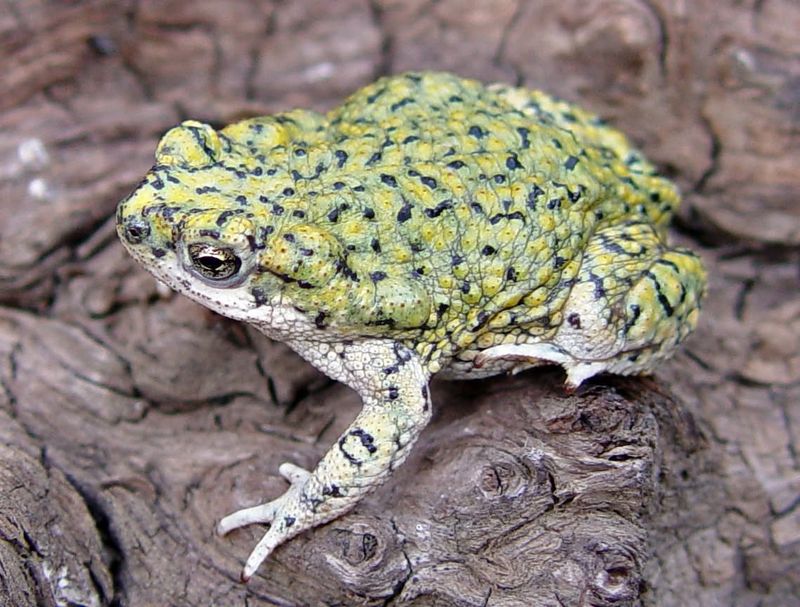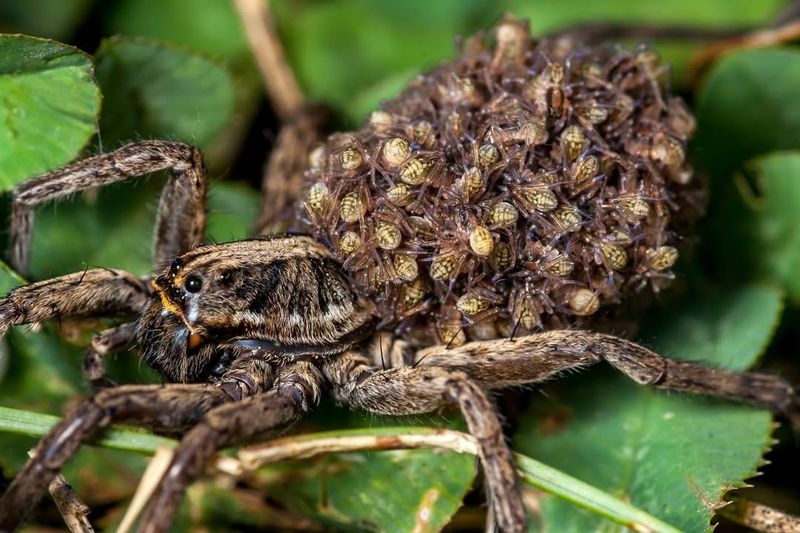New Mexico buzzes with life, and some of that life sneaks under doorframes, nests in rafters, or scampers across garden beds. One moment the desert feels still, and the next it bursts into motion—wings fluttering, paws pattering, antennae twitching.
Homeowners often feel caught between curiosity and concern, because every visitor carries its own story, quirks, and surprises.
A few charm you, a few test your patience, and a few demand quick action. In a land where the wild meets the walkway, knowing which critters need safeguarding—and which need sending on their way—puts you a step ahead in this lively Southwestern standoff.
1. Tarantula Hawks
With metallic blue bodies and bright orange wings, tarantula hawks look scary but rarely bother people. These wasps hunt tarantulas to feed their young, making them natural pest controllers in your garden.
They prefer nectar from flowers most of the time. If you spot one buzzing around your milkweed or mesquite blooms, just give it space and enjoy watching nature at work.
New Mexico protects these beneficial insects because they help balance spider populations naturally.
2. Horned Lizards
Imagine a tiny dinosaur living in your backyard! Horned lizards have spiky bodies and can squirt blood from their eyes when threatened, though they usually just freeze in place.
These little reptiles munch on ants all day long, keeping ant colonies from taking over your property. Their camouflage makes them blend perfectly with desert soil and rocks.
State protection helps these declining lizards survive habitat loss and pesticide dangers.
3. Barn Owls
Silent hunters with heart-shaped faces, barn owls are rodent-eating machines that can catch mice in complete darkness. A single family can consume thousands of rodents yearly, making them better than any trap.
They nest in barns, sheds, and attics across New Mexico. Their eerie screeches at night might startle you, but they mean business is booming in pest control!
Protected status ensures these helpful raptors stick around farms and homes.
4. Bats
Did you know a single bat can devour 1,000 mosquitoes in one hour? New Mexico hosts numerous bat species that patrol your property nightly, gobbling up annoying and disease-carrying insects.
Bats also pollinate desert plants and spread seeds while they feed. Installing a bat house gives them a safe daytime roost while they work night shifts protecting your family from bug bites.
All bat species receive state protection.
5. Garter Snakes
Sporting racing stripes down their backs, garter snakes are completely harmless to humans but tough on garden pests. They feast on slugs, insects, and small rodents that damage your vegetables and flowers.
These snakes are active during the day, so you might catch them sunbathing on warm rocks or slithering through your flower beds. Their presence means your garden ecosystem is healthy and thriving naturally.
Protection laws keep these beneficial reptiles safe.
6. Roadrunners
Faster than your average bird, roadrunners sprint up to 20 miles per hour chasing down rattlesnakes, scorpions, and lizards. Their appetite for venomous creatures makes them fearless protectors of your outdoor spaces.
These iconic New Mexico birds also eat mice, insects, and even small birds. You might hear their distinctive cooing or spot their X-shaped tracks around your property before seeing these speedy hunters in action.
State laws safeguard these remarkable birds.
7. Praying Mantises
Looking like aliens with their triangular heads and swiveling necks, praying mantises are garden superheroes that ambush harmful insects.
They sit perfectly still on plants, waiting to snatch aphids, beetles, and caterpillars with lightning-fast reflexes.
Females lay foamy egg cases on branches that hatch into hundreds of tiny hunters each spring. Keeping mantis eggs safe through winter means natural pest control arrives automatically when warm weather returns to your garden.
8. Ladybugs
Bright red with polka dots, ladybugs might look cute, but they are fierce predators of aphids and other plant-sucking pests. Both adults and their alligator-like larvae patrol your garden, protecting vegetables and flowers from destruction.
A single ladybug can eat 50 aphids daily! Planting flowers like yarrow and dill attracts these spotted helpers to your yard naturally.
New Mexico recognizes their importance by protecting native ladybug species from harmful collection practices.
9. Toads
Warty and wonderful, toads are nighttime pest patrol officers that hop through your garden eating slugs, beetles, and cutworms. Their bumpy skin might seem gross, but it does not cause warts despite the old myth.
Toads need moist hiding spots during hot days and come alive at dusk to hunt. Providing a shallow water dish and some rocks or logs creates toad-friendly habitat.
Protected species ensure these amphibian helpers remain abundant in home gardens.
10. Spiders
Before you swat that web, remember spiders trap flies, mosquitoes, and moths that would otherwise invade your home. New Mexico hosts beneficial species like wolf spiders and orb weavers that work tirelessly catching insects.
Most spiders avoid people completely and only bite when accidentally squeezed or threatened. Their webs are architectural marvels that capture pests silently and efficiently.
State protection for certain species acknowledges spiders as valuable pest control allies worth preserving in natural spaces.

